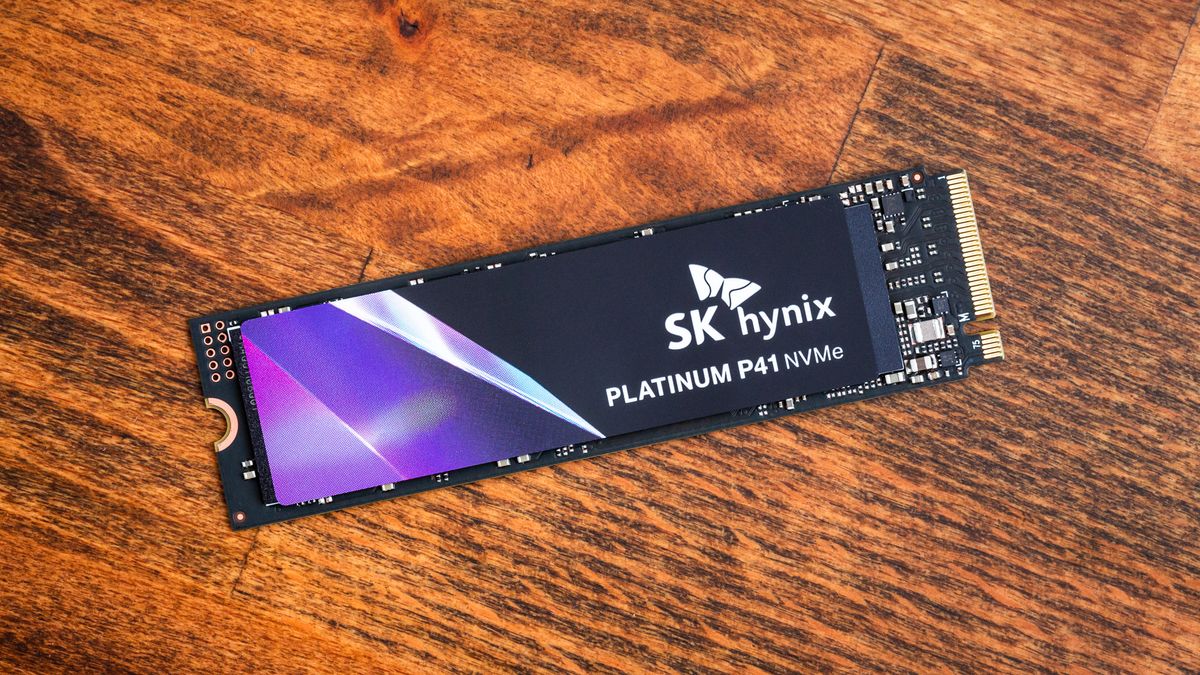- Joined
- Apr 12, 2021
- Messages
- 903
- Motherboard
- Asus z590 ROG Maximus XIII Hero
- CPU
- i9-11900K
- Graphics
- RX 6600 XT
- Mac
- Classic Mac
- Mobile Phone
Points to keep in mind:
• Windows creates special support parts, including a utility and MSR part ahead of the main NTFS part, a recovery partition after, and may place another support part right before end of drive. I think there is also a backup of the GPT near the end of the drive, but don't know if this is part of GPT spec or something MSFT does.
• Windows will write the EFI partition with its own loader. When will it rewrite it?
• There may be other diffs in details of how Apple and MSFT think about GPT details.
So as to "trying it to see", how will you know when you've tried all the permutations of installs and updates and recoveries?
There's a lot of history of Linux and Windows that lets these two co-exist, and GRUB knows how to make its loader reside next to Windows. There's no such history for mac. And I have seen Ubuntu Unity clobber EFI/bootx64.efi of OpenCore on an attached drive not related to the Ubuntu install, and I would expect Windows to be less accommodating. The wise admin will install Windows first then fit Linux into the layout afterwards. I think this is for Mac too.
As aside, OpenCore sees a Windows install on a separate drive on my build, but when I choose it, it doesn't boot. I've never investigated because for me it's not more convenient to pick with OC.
• Windows creates special support parts, including a utility and MSR part ahead of the main NTFS part, a recovery partition after, and may place another support part right before end of drive. I think there is also a backup of the GPT near the end of the drive, but don't know if this is part of GPT spec or something MSFT does.
• Windows will write the EFI partition with its own loader. When will it rewrite it?
• There may be other diffs in details of how Apple and MSFT think about GPT details.
So as to "trying it to see", how will you know when you've tried all the permutations of installs and updates and recoveries?
There's a lot of history of Linux and Windows that lets these two co-exist, and GRUB knows how to make its loader reside next to Windows. There's no such history for mac. And I have seen Ubuntu Unity clobber EFI/bootx64.efi of OpenCore on an attached drive not related to the Ubuntu install, and I would expect Windows to be less accommodating. The wise admin will install Windows first then fit Linux into the layout afterwards. I think this is for Mac too.
As aside, OpenCore sees a Windows install on a separate drive on my build, but when I choose it, it doesn't boot. I've never investigated because for me it's not more convenient to pick with OC.

